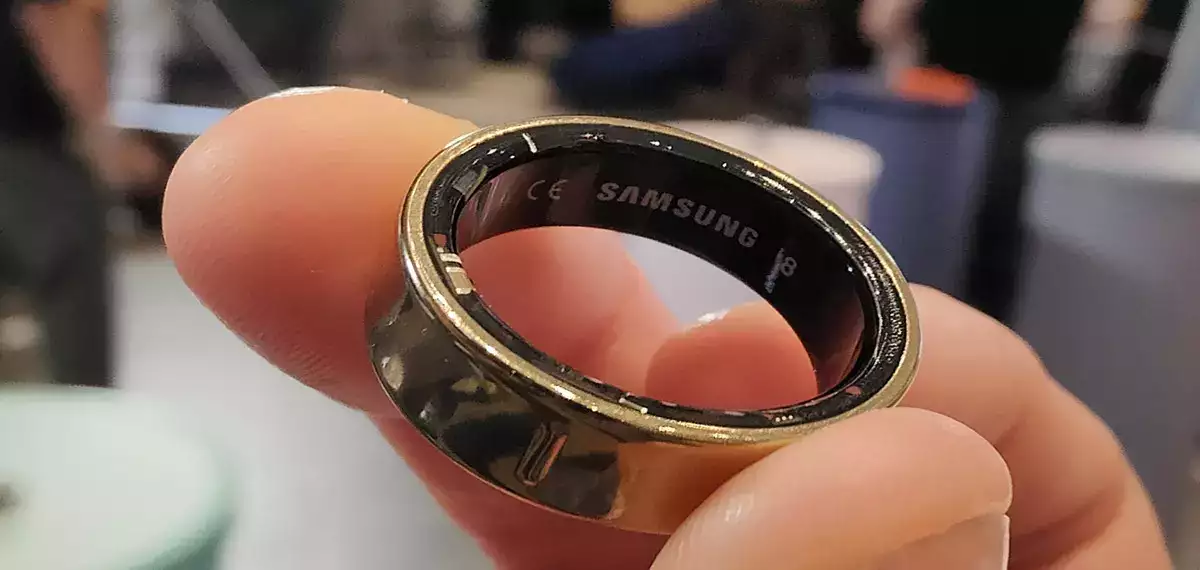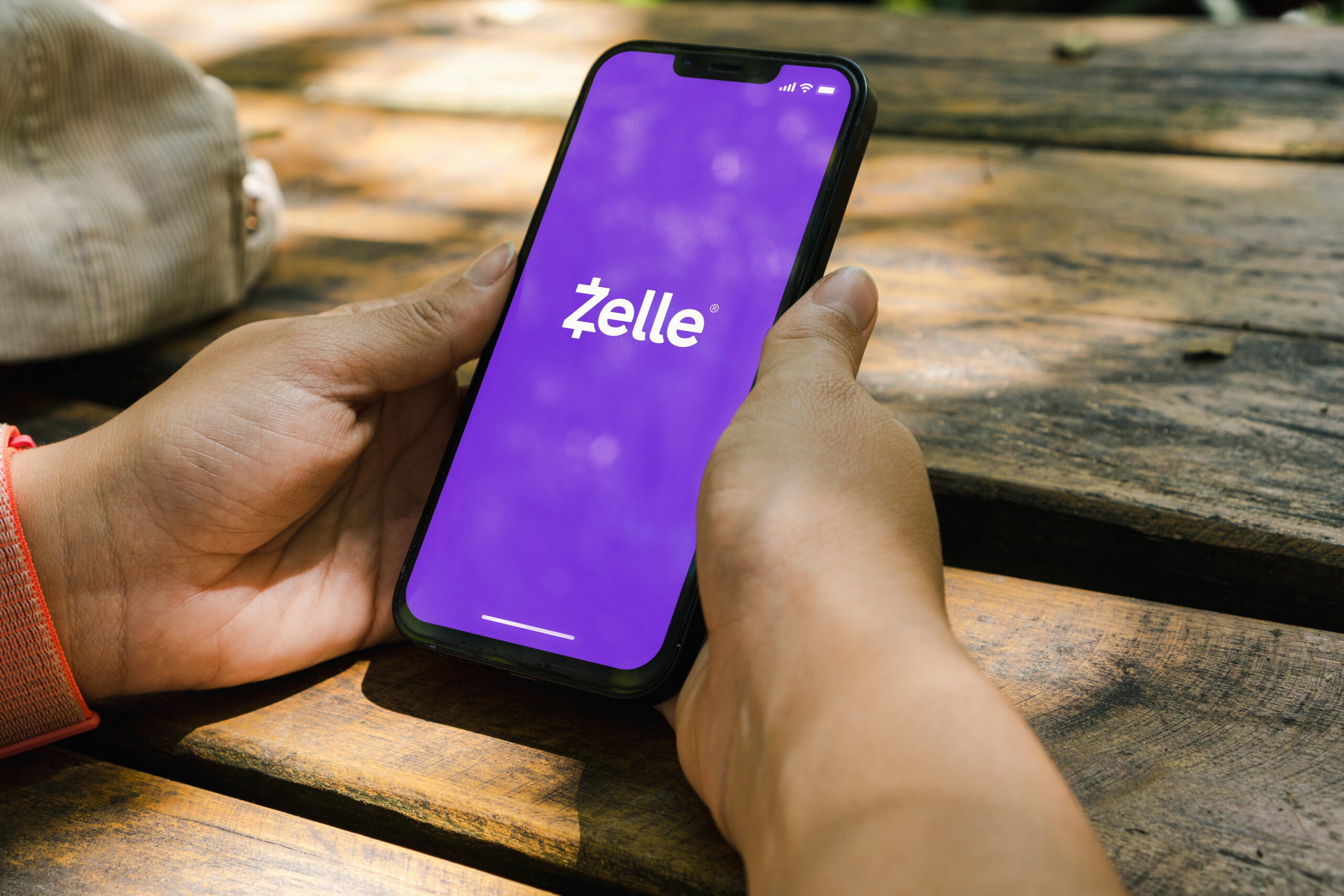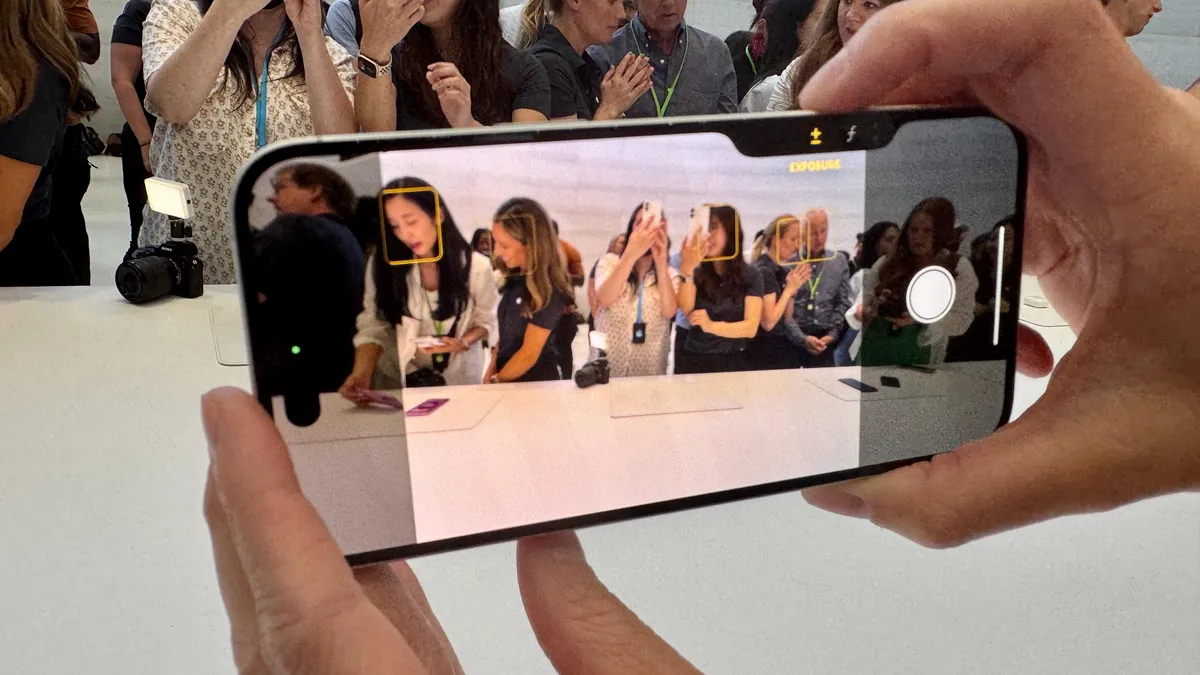The Nothing Phone (2a), the latest offering from the innovative smartphone brand Nothing, has stirred considerable excitement with its unique design and promising features. However, its journey to the U.S. market is fraught with challenges, making mass availability a complex issue for interested consumers. Here’s a comprehensive overview of the situation, including key points, details, and implications.
Key Highlights:
- The Nothing Phone (2a) is set to launch globally on March 5, 2024, maintaining the brand’s signature transparent design and Glyph interface.
- In the U.S., the phone will only be available through a “Developer Program,” limiting its accessibility to the general public.
- The device is positioned as a mid-range option, offering flagship-like experiences at an affordable price, reminiscent of Google’s Pixel A series.
- Speculations suggest the base model might start at around $430, featuring a MediaTek Dimensity 7200 SoC, a 6.7-inch FHD+ 120Hz AMOLED display, a 32MP front camera, and dual 50MP rear cameras.
Introduction to the Nothing Phone (2a)
The Nothing Phone (2a) emerges as a continuation of Nothing’s commitment to distinctively designed smartphones, featuring the brand’s iconic transparent back and Glyph interface. Scheduled for a global release on March 5, 2024, it aims to offer an affordable yet powerful alternative in the mid-range smartphone market.
The Nothing Phone (2a) is generating buzz with its impending launch, poised to offer an alternative within the mid-range smartphone market that combines unique design features with promising technical specifications. However, its path to mass availability in the U.S. presents a notable challenge, largely due to the company’s decision to limit its distribution to developers through a specific program rather than offering it broadly to all consumers. This strategy aligns with Nothing’s approach for its previous models, yet it poses questions regarding its impact on potential market penetration and consumer accessibility in the U.S.
Limited U.S. Availability: A Strategic or Forced Decision?
The crux of the issue lies in the Nothing Phone (2a)’s U.S. launch strategy. Unlike its broader global release, in the U.S., the device will only be accessible through a “Developer Program.” This initiative closely mirrors the company’s previous approach with the Phone (1), which also saw limited availability through a beta program due to connectivity concerns with certain U.S. networks. It indicates a potentially strategic, albeit constrained, effort to navigate the complex U.S. telecommunications landscape.
The Phone (2a)’s Offering and Market Position
The Phone (2a) is anticipated to deliver a seamless user experience, devoid of bloatware, and nestled within an attractively priced package. Its hardware specifications, such as the MediaTek Dimensity 7200 SoC and the high-refresh-rate AMOLED display, position it as a competitive mid-range contender that does not compromise on performance.
Implications and Future Outlook
The restricted U.S. availability of the Nothing Phone (2a) underscores the challenges faced by emerging smartphone brands in penetrating the highly competitive and regulated U.S. market. This strategy, while potentially limiting in terms of broad consumer reach, might allow Nothing to navigate regulatory and network compatibility hurdles more effectively, ensuring a quality experience for a niche audience.
In the broader context, the Phone (2a)’s launch reflects a strategic balancing act: offering innovative technology at an accessible price point while navigating the operational complexities of diverse global markets. As Nothing continues to evolve, the industry will closely watch how this blend of innovation, market strategy, and consumer engagement shapes the brand’s trajectory and influence on the smartphone ecosystem.










